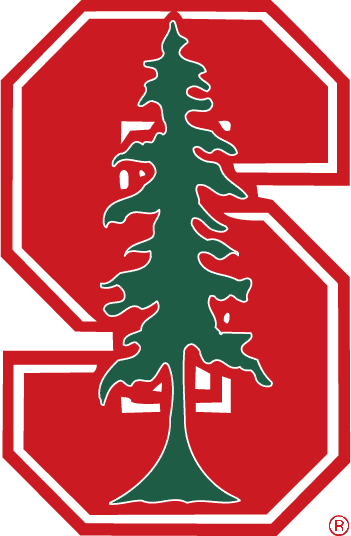The Challenges of the LIGO Interferometer
Web link opens in a new tab; file link initiates download.
Following an introductory lesson on constructive and destructive interference and Young’s double slit experiment, students will be introduced to the history, design, and function of a Michelson interferometer. Students will have an opportunity to get a hands-on look at a small-scale interferometer and will then be taught how such an instrument can be used to quantitatively determine things like the wavelength of the light source. They will then mathematically determine the length one of the mirrors must move to cause an interference fringe to move based on the wavelength of the light. This will later be compared to the distance a mirror in the LIGO moves when encountering a gravitational wave. Students will then learn about the purpose and function of the LIGO interferometer and will collaborate to brainstorm design solutions to help eliminate other sources of vibration that would frustrate detection of the gravitational waves. Students will then design and construct a solution for the movement of a test mass from a simulated seismic vibration and will be assessed based on their designs ability to decrease displacement of a test mass in comparison to a simple hanging pendulum.

